Whether you’re out and about in the city or putting in long days in the mountains, dressing in layers is a no-brainer for cold winter days. The key to building a system that works is understanding your layers’ functions and how the work with one another. Once you put together a kit that works well for you, you can mix and match its components to adapt to any weather or situation.
Baselayer: This is the next-to-skin layer that wicks moisture and regulates your body temperature. Usually this layer is made of merino wool, capilene or bamboo and fits fairly snugly.
Insulating Layer(s): Also called the midlayer, your insulation is typically a fleece or puffy jacket that goes over your baselayer, and works by trapping warm air close to your body. In some situations, you might need a fleece and a down or synthetic puffy jacket. Since puffy jackets tend to be very packable, it’s a good idea to always have one in case you stop moving or there’s a sudden drop in temperature.
Shell: Your outermost layer, or shell, should be a totally waterproof rain jacket that can be added in case of precipitation, or used as a windbreaker at higher elevations. You’ll want to ensure that you choose a jacket with high breathability, since too much sweat will wet out the inside of the jacket and defeat its purpose.
Women’s Layers
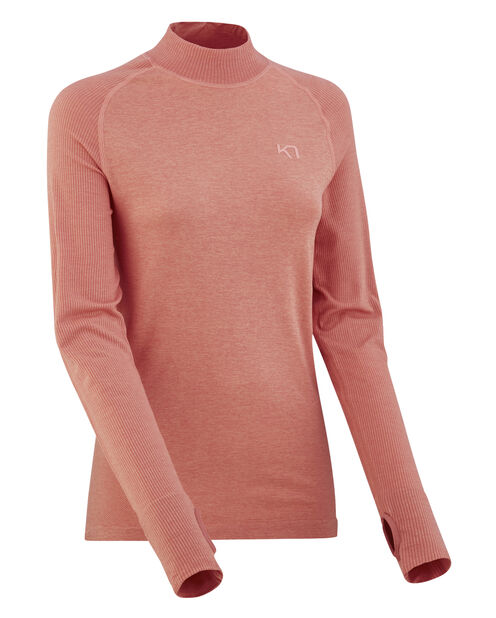
Kari Traa Luftig Long Sleeve 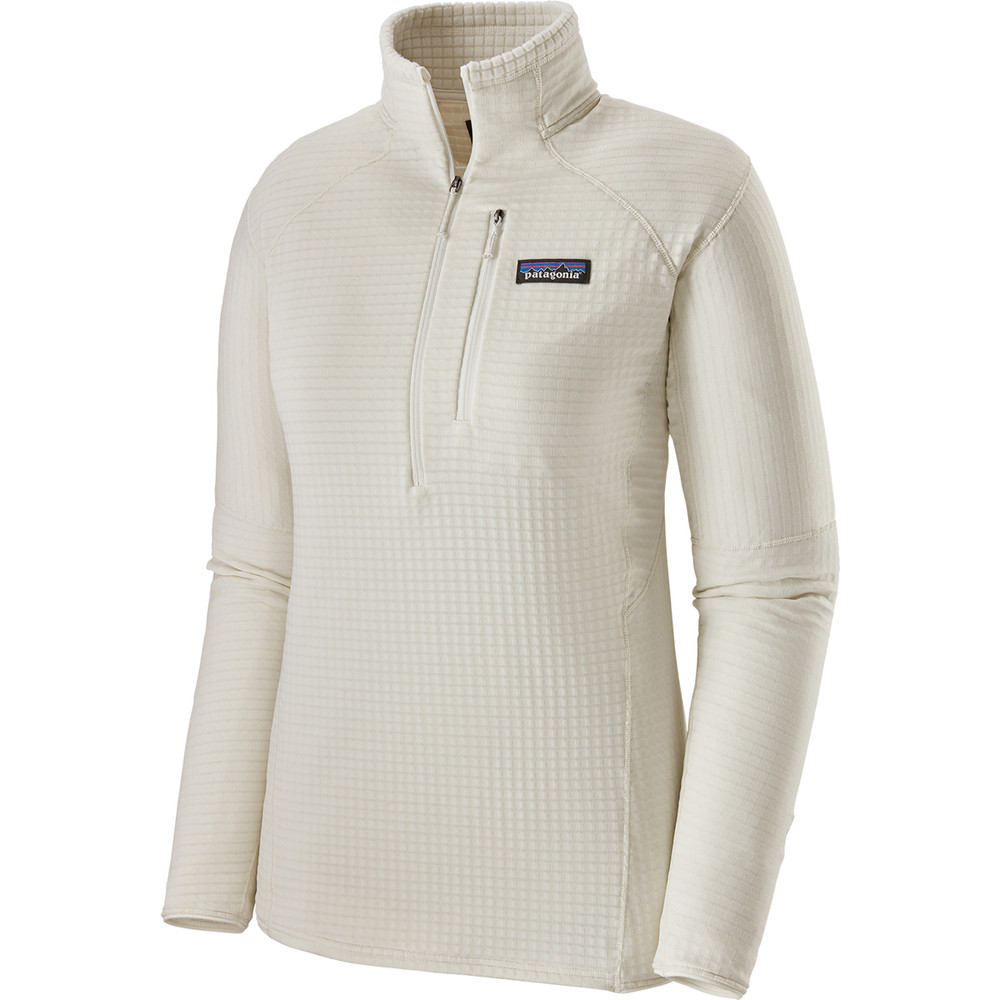
Patagonia R1 Pullover 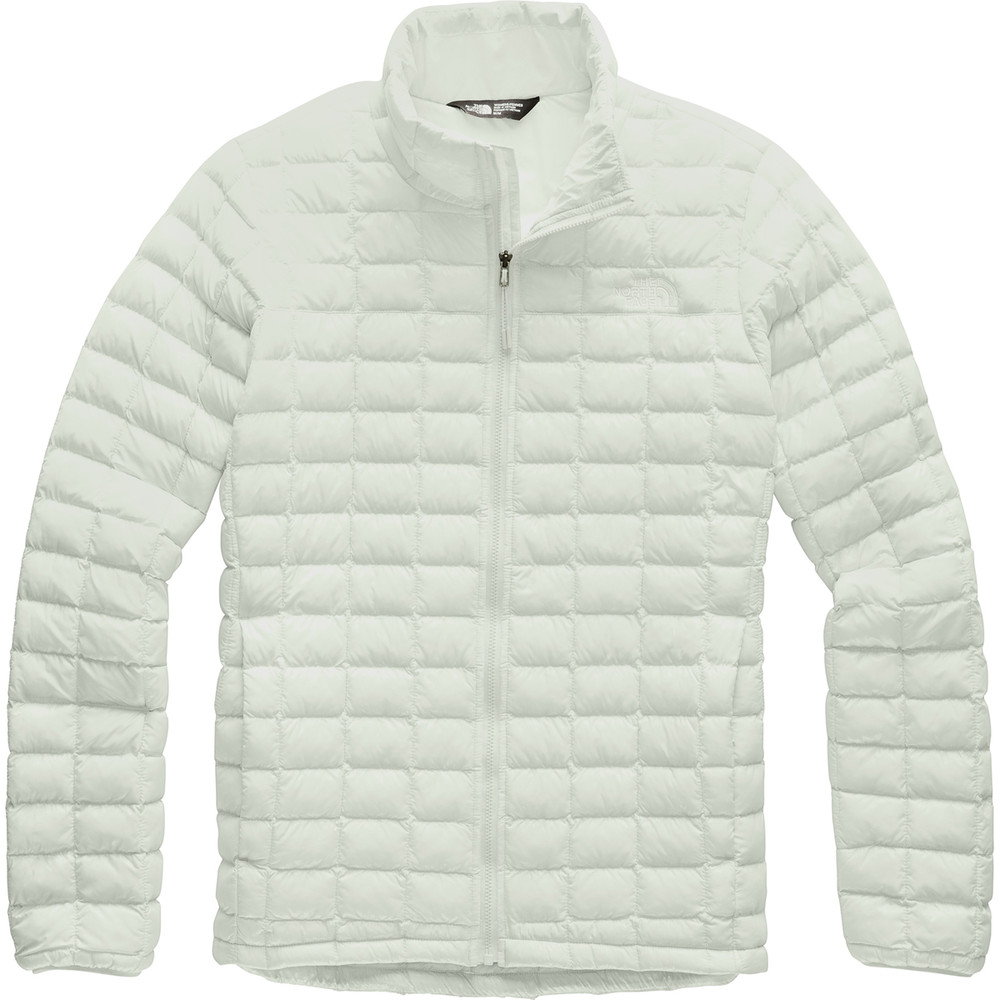
The North Face Eco Thermoball 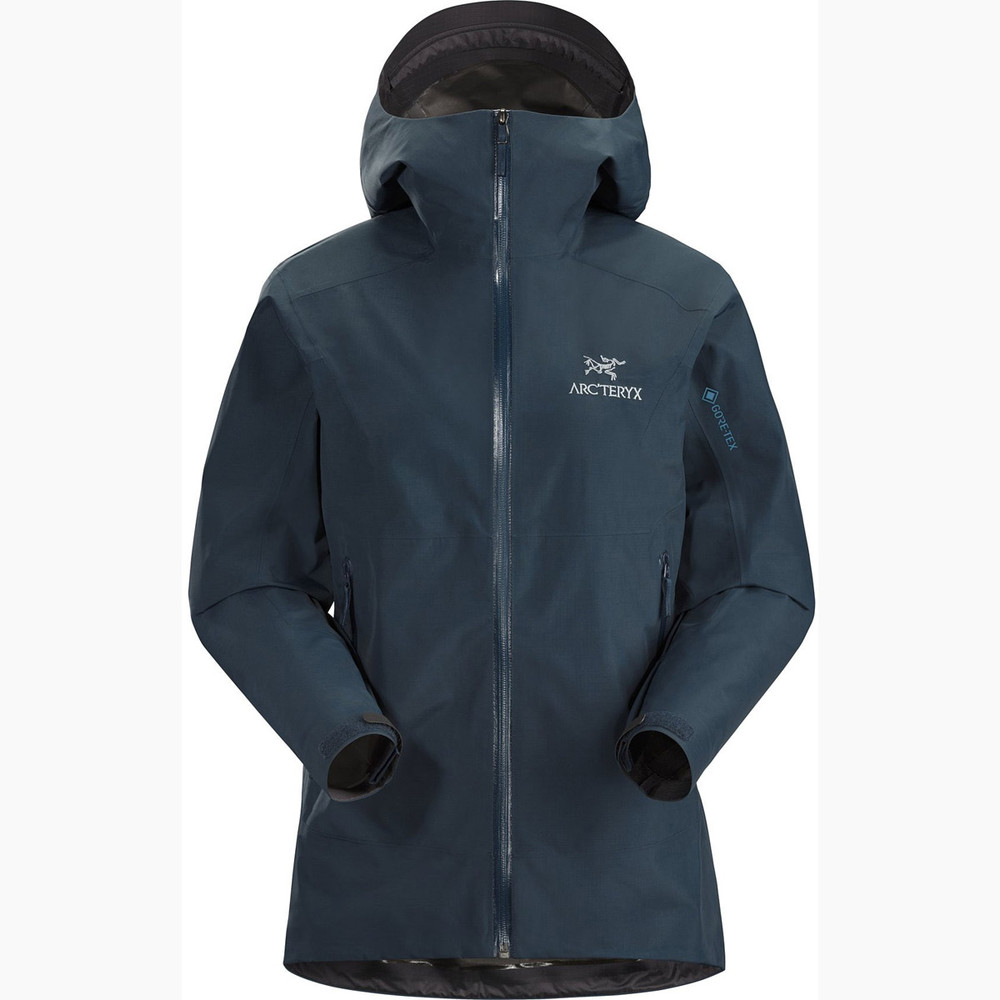
Arc’teryx Zeta LS Jacket 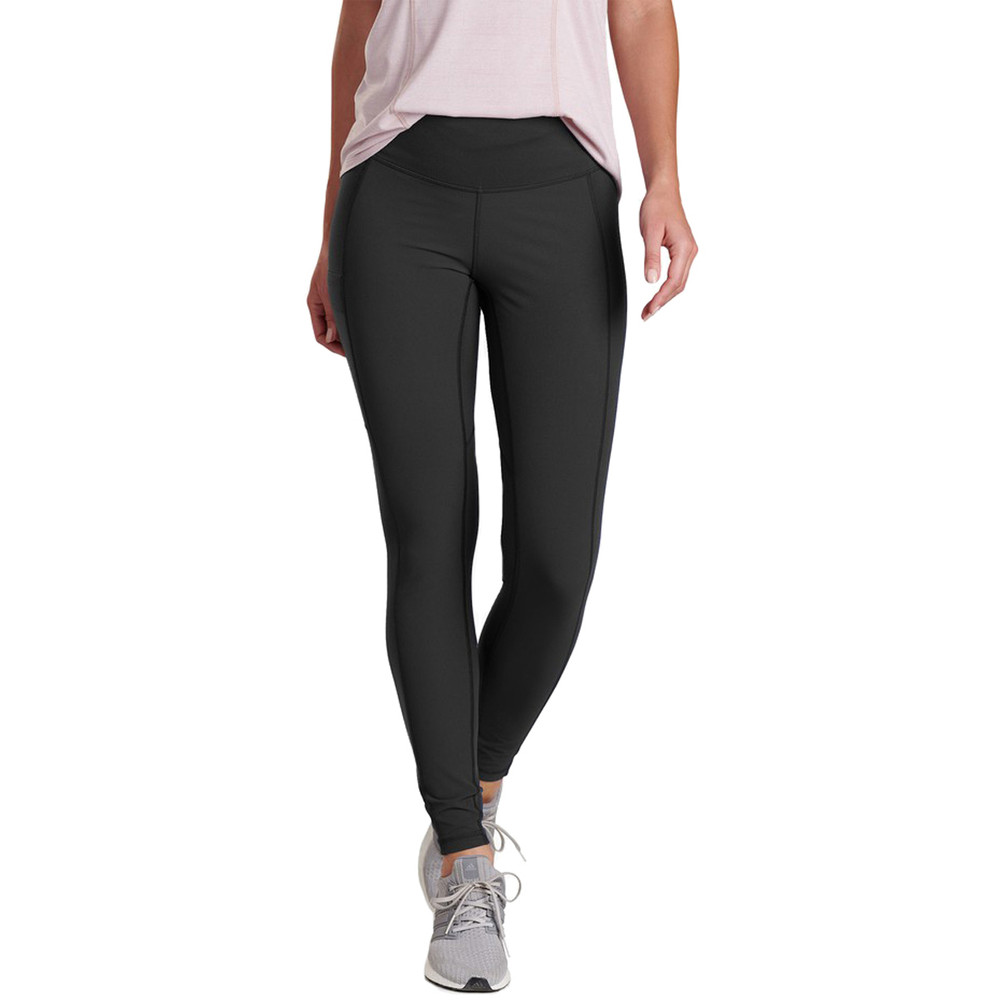
Kuhl Traverse Leggings
Men’s Layers
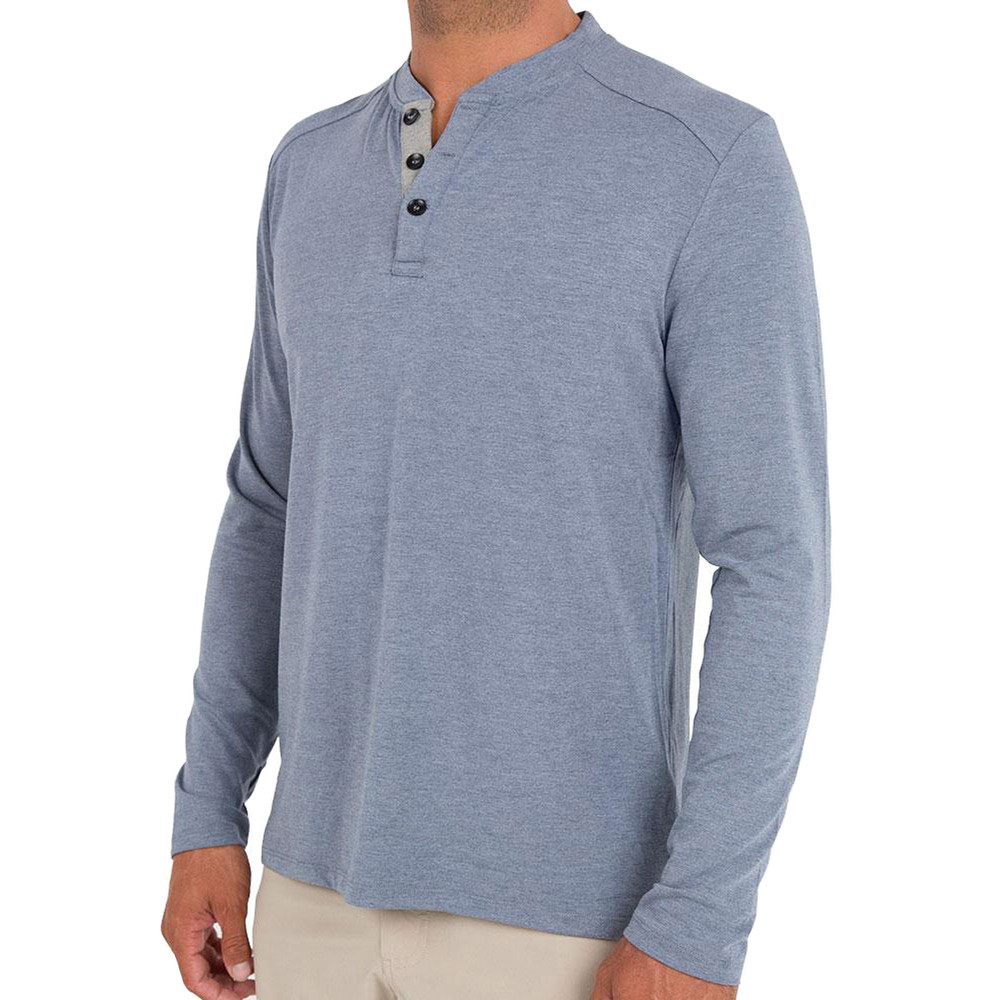
Free Fly Bamboo Flex Henley 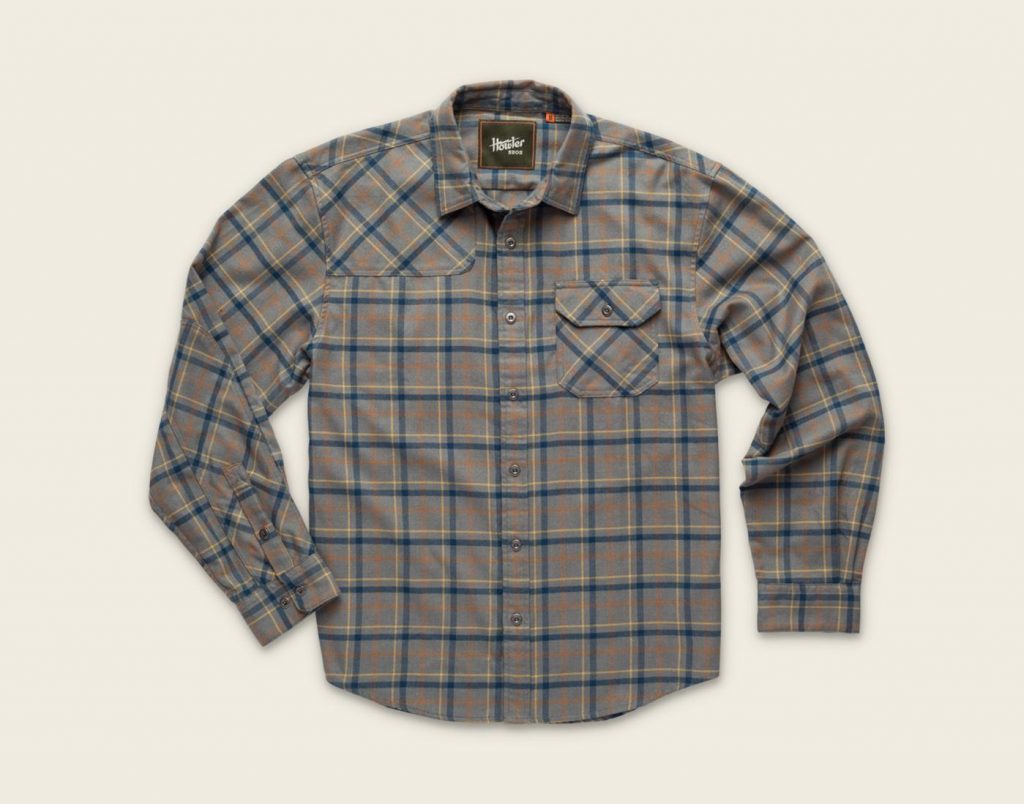
Howler Brothers Harkers Flannel 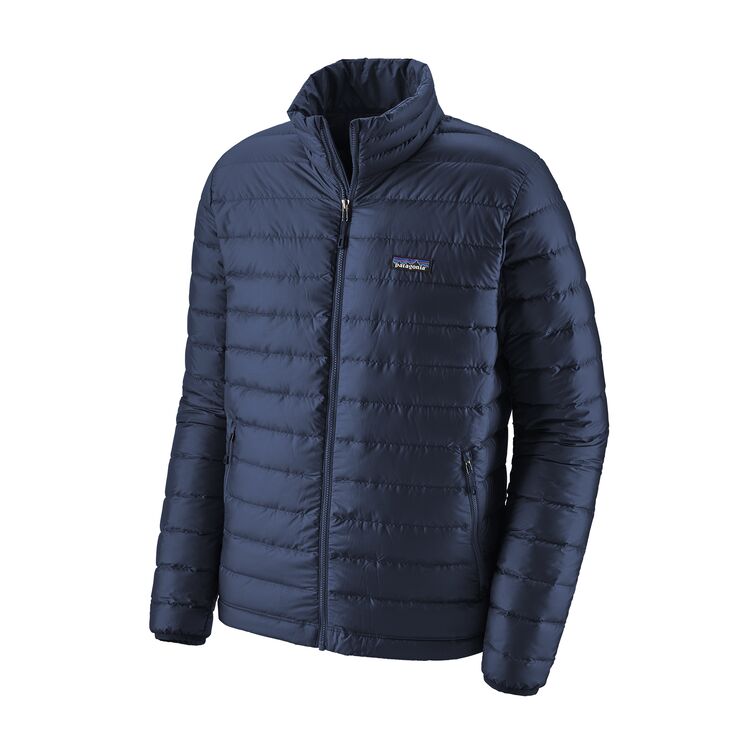
Patagonia Down Sweater 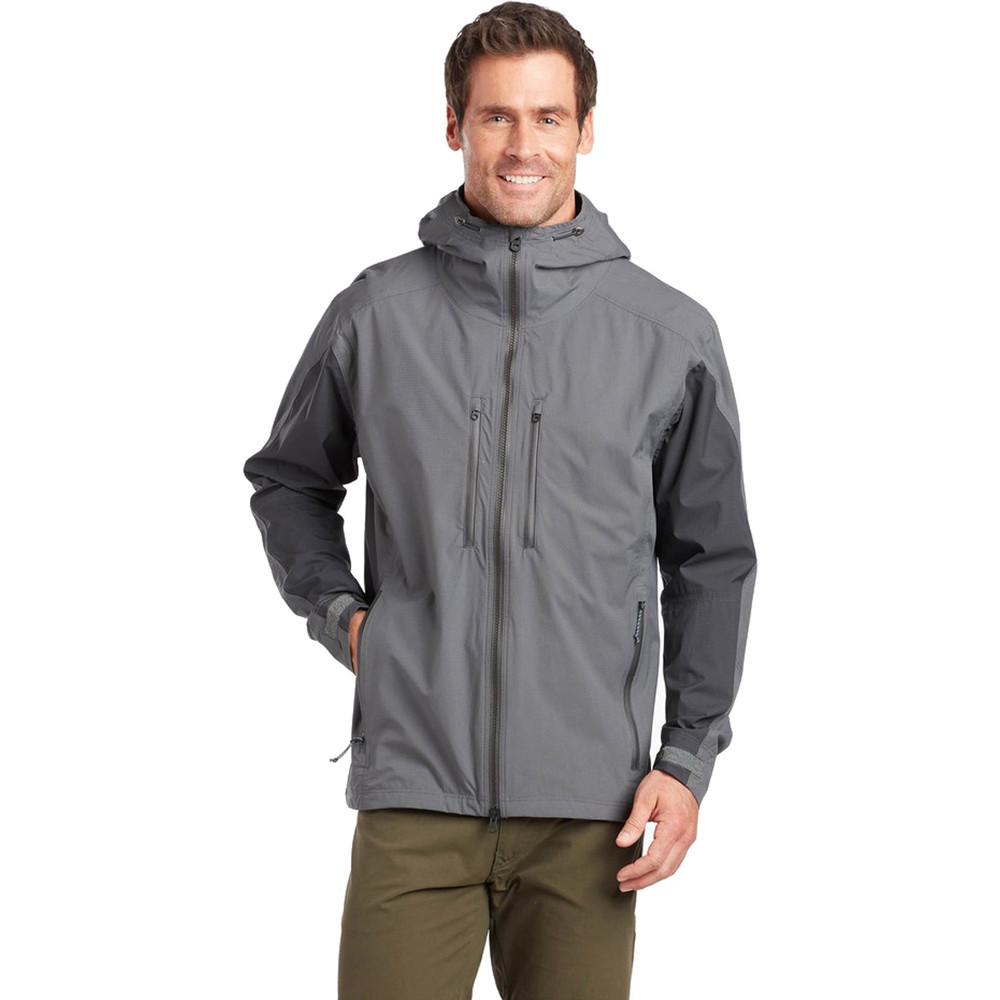
Kuhl Jetstream Jacket 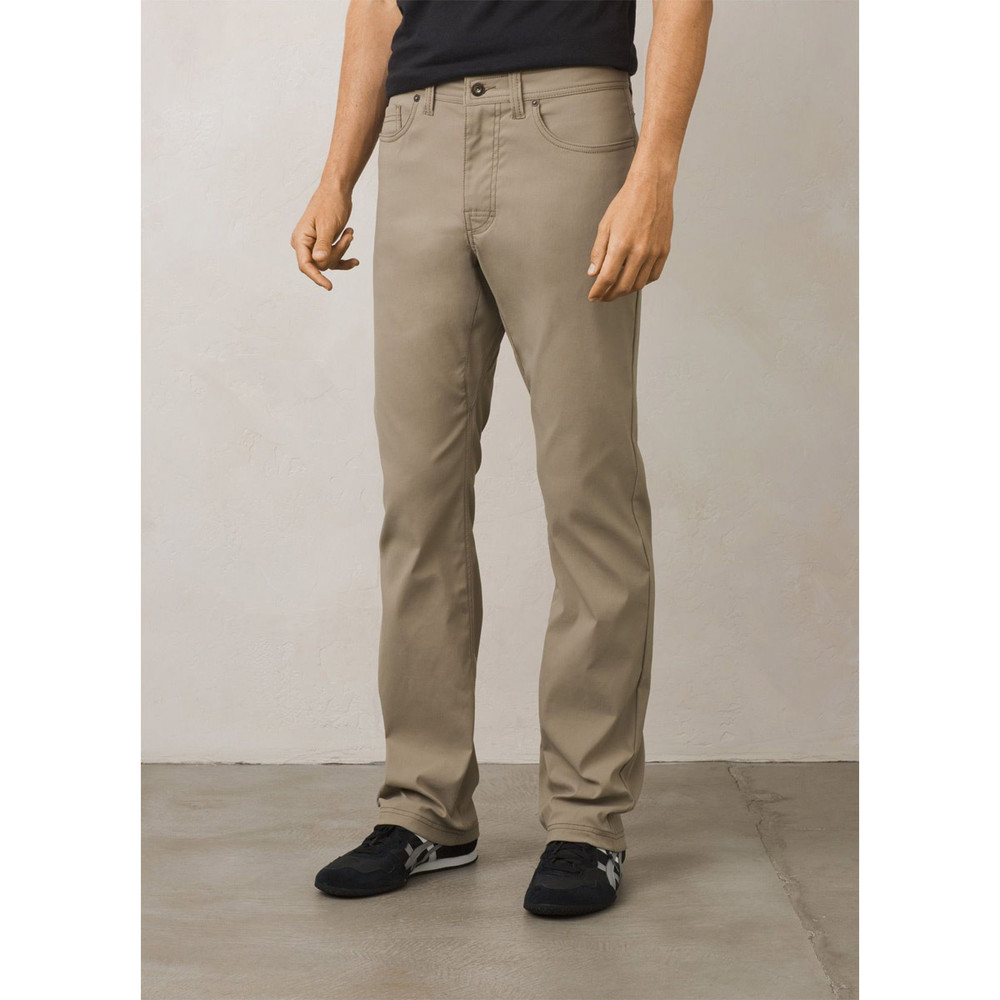
prAna Brion Pant
Leave a Reply